MEGAPROJECT: THE CIRCULAR REGION
FOCUS AREA: CO-DESIGN AND CO-PRODUCTION OF KNOWLEDGE
CHALLENGE: FROM DEMOLITION WASTE TO CIRCULAR CONSTRUCTION IN PARTNERSHIPS
CHALLENGE DESCRIPTION:
In North Denmark, thousands of tons of materials are treated against the intentions of the circular economy costing tax payers and companies millions of kroners and at the same time contributing negatively to the transition to a more sustainable development.
Take construction and demolition materials. Many buildings are demolished every year. At the same time even more new buildings are constructed mainly based on virgin material and with an in-built waste of resources in order to not delay the hand-over. Both actions create waste streams measured in thousands of tons and worth many millions. Unfortunately, the waste streams tend to be down-cycled against the intentions of the waste hierarchy: bricks are crushed into road filling, timber is just used for fibre board or even incinerated for energy purposed which should be priority 3 and 4 after prevention (1) and reuse (2).
Similar system defects can be found in other sectors or streams, for example plastics, consumer electronics, IT equipment, textiles, etc., all contributing to the ‘circularity gap’.
For post-consumer plastics, for example, these are collected separately with the intention of recycling and therefore substitution of virgin raw materials. Again, the intention of the waste hierarchy is only partially fulfilled. What are the barriers? How can we get different stakeholders to collaborate on solutions?
IMPACTED SDGS:
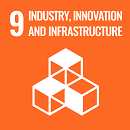
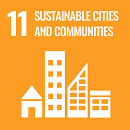
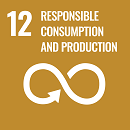
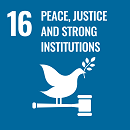
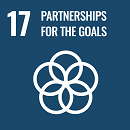
PROPOSED PROJECT PROBLEMS:
- The challenge related to construction material is to get away from the sub-optimisations and have the different stakeholders in the value chain co-operate for a common goal where for example old bricks are reused in the facades of new buildings and timber remains timber perhaps even valued higher than virgin materials for its aesthetics and the story it can tell. How can this concretely be done? Can demolition waste be prevented through circular construction partnerships? What is the scale of opportunity and how do we go from niche to system? Are there opportunities to automate processes and what is required for this to happen?
- The challenge related to plastics could look into what can or should be done with post-consumer plastics collected from the households? What is the value and to whom? What should be done in order to increase the value, and at what costs (environmentally and economically). It could also look at how small-scale collection from local business can add value in dense urban contexts taking point of departure in concrete projects running in the city of Aalborg (fleXskrald).
